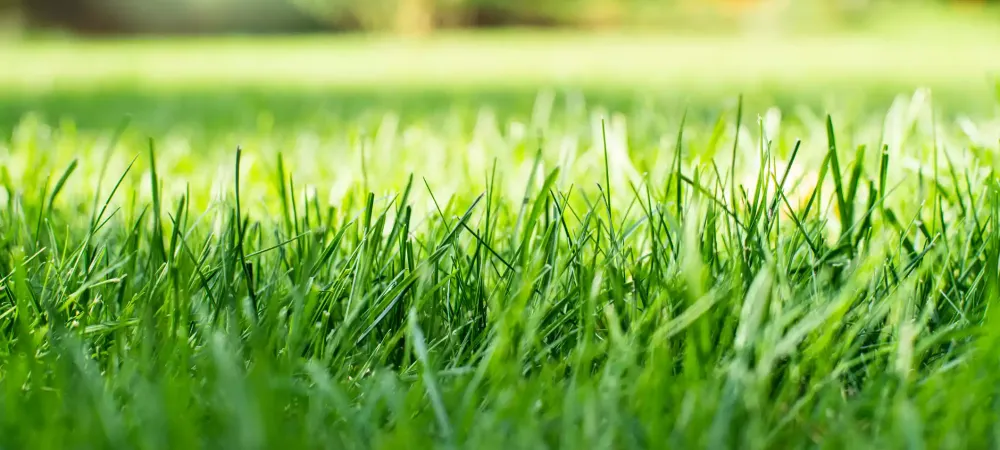Is Your Lawn Suffering From a Subsurface Insect Invasion?

Your lawn is susceptible not only to weeds, but to certain insects as well. Many insects eat grasses, such as grasshoppers, aphids, and other easy-to-spot pests. Other insects eat grass roots, causing noticeable damage over time. These types of lawn pests are called subsurface insects, and your entire landscape can be destroyed if you fail to control an insect invasion.
Discover what types of insects to look out for in your lawn, signs of subsurface insect damage, and what you can do about these backyard pests.
Types of Subsurface Insects
Here are some of the more common types of subsurface insects.
Chinch Bugs
Chinch bugs are small black insects that are widely known for destroying landscapes. These creatures leech grass of sap, destroying healthy blades while injecting their saliva into the remaining grass. Chinch bugs usually feed in large numbers.
Grubs
Beetle larvae, or grubs, feed on grass roots and other nutrients while they grow. Adult beetles typically lay eggs under the soil during the warmer seasons and the hatched grubs grow quickly, feeding off large sections of lawn. Grubs are typically white in appearance and vary in size depending on their species and age.
Sod Webworms
Small, cream or white-colored moths fluttering along the tips of blade grasses is a sign of a sod webworm invasion. The sod webworm is most aggressive to a landscape when the moth’s larval offspring begin to feed. Since the sod webworm’s larvae eat grass roots only at night, typically signs of an infestation are discovered when the grass has become dormant.
Signs of Subsurface Insects
Since most subsurface insects are not noticeable to the naked eye, pay attention to any changes in your lawn and call a pest control and lawn care expert if you notice any of the following flaws in your landscape.
Weakened Grass
If you can easily pull up whole patches of grass from the ground, or grass easily comes out in large chunks in high traffic areas, then subsurface pests are likely eating grass roots. Without a healthy root structure, the surface grass has little to hold onto.
Torn or Bald Patches
Grubs in particular are known for their ability to tear up and dishevel large patches of grass — to the point where it looks as if your yard was deliberately vandalized. Other insects that feed on roots alone slowly destroy your lawn, leaving bald patches or thinning areas of grass behind.
Digging Animals
Scavenging predators, such as skunks, weasels, raccoons, moles, and gophers, thrive on grubs and other grass-thriving insects. If you notice animals digging in your yard or see large holes with claw marks and fresh dirt surrounding compromised grasses, you have a double problem: not only do you have to find a way to get rid of your larger pests, you have to eliminate the subsurface insect invasion that is attracting scavengers in the first place.
How to Get Rid of Subsurface Insects
The best way to rid your lawn of subsurface insects is to have your grass and soil treated with special pesticides. Your pest control expert will examine your yard to determine what is causing your lawn to be unhealthy and will create a custom treatment plan to eliminate stubborn insects. Several treatments may be required to fully restore your yard to good health.
Have your yard fertilized and reseeded following the removal of a subsurface pest invasion to help create a stronger, healthier lawn. Our experts at Southern Greens Pest Control will keep insects out of your home and yard; call us today to schedule a consultation or to discuss weed, insect, and fertilization treatments for your yard today.
